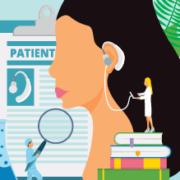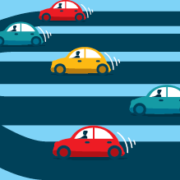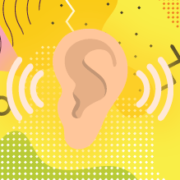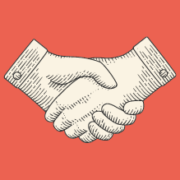Better Hearing, Resilience & You
“All things in moderation,” the saying goes, but can one have too much resilience? Looking back on such an unprecedented year, we’re not too sure about that.
Like improved hearing, resilience can make a significant difference in quality of life — after all, it reflects an invaluable ability to adapt to, recover from, or withstand challenges, change, and adversity.
As your hearing care team, we’ve some tips for building resilience in your life. For today, the new year, and beyond, keep these five steps in mind:
-
Remember You’re Not Alone
If you’ve felt somewhat disconnected in these times, that’s not uncommon. Challenges such as the pandemic have upended the way we live, work, and play. Newer norms can feel uncomfortable. Drawing strength from the knowledge that others share your experiences can make a difference.
-
Gain Empowerment Through Preparation
If you wear hearing technology, it’s probably no surprise that a little maintenance goes a long way toward helping you stay engaged. Regular DIY care, supplies such as extra batteries and wax guards, and periodic clean and checks with our team can help you feel prepared for anything life brings.
-
Think Total Wellness
Hearing plays an important role in overall wellness, which in turn plays a role in resilience. Did you know? Ears and eyes work together to help you perceive the world. Conversely, hearing loss is linked to cognitive decline, heart disease, isolation, and other issues, so protect your hearing health.
-
Commit to Learning
Learning not only stimulates the brain but supports resilience. It also supports better hearing, especially when learning more about your existing hearing device’s helpful features and capabilities — streaming, for example — that can help you communicate confidently and navigate your world.
-
Reach Out for Help
Expanding and tapping into your network of support — including friends, family, and neighbors — can help fortify your resilience. Count on our hearing care team as part of that important network, letting us know how we can help!
Has it been a while since your last hearing evaluation or technology clean and check? Please don’t wait. Schedule your appointment with us today!











 Proudly Canadian and Independently Owned and Operated
Proudly Canadian and Independently Owned and Operated 

